
| ~Radio Stuff~ |
|
Amateur Radio Shortwave Radio SDR Radio Radio Log Radio Blog Our Radios |
Shortwave RadioThe radio bands that are called Shortwave are those from about 3 Mhz to 30 Mhz (3000 Khz to 30,000Khz). Amateur radio operators refer to this part of the radio spectrum as hf - high frequency. Over thirty years ago when I started listening the shortwave bands were crammed full of international broadcasters. Most of the broadcasters had programmes in various languages and I regularly listened to the english services of Radio Sweden, Radio Moscow and the BBC world service. Back then most nations had some form of international service on the Shortwave band. Radio Moscow was very interesting during the final days of the Soviet Union. Part of the fun of Shorwave is tuning around the dial and seeing what stations you could pick up. You have to tune very slowly and carefully to avoid skipping over something interesting. Most decent radios capable of receiving short wave transmissions have a fine tuning control. Over the years I've heard Australia, Japan, China, America, India, Belgium, Germany and many other places. These days a lot of these services are delivered online via the internet, but there is still plenty worth listening to though. Recently I have heard interesting programmes on Radio Romania, The Voice of China and NHK-World Japan. There are a few ordinary radios which cover the Shortwave bands, but better results can be found with a radio that has been designed for Shortwave listening. The obvious problem with an ordinary radio is that of fine tuning and selectivity, that means the ability to pick out an individual signal is not as good. A lot of transmissions by amateur radio operators are in a transmission mode called Single Sideband which is a special form of transmitting which alows the signal to take up less space on the tuning dial. SSB also allows a more efficient use of power. Normally you need a shortwave radio equipped with upper and lower sideband to hear these. April 2024 |
| ~Stuff~ |
|
About Me / Us Our Blogs Computers Fun / Interests MPD / DID Mental Health Pagan / Wiccan Photography Poetry Radio 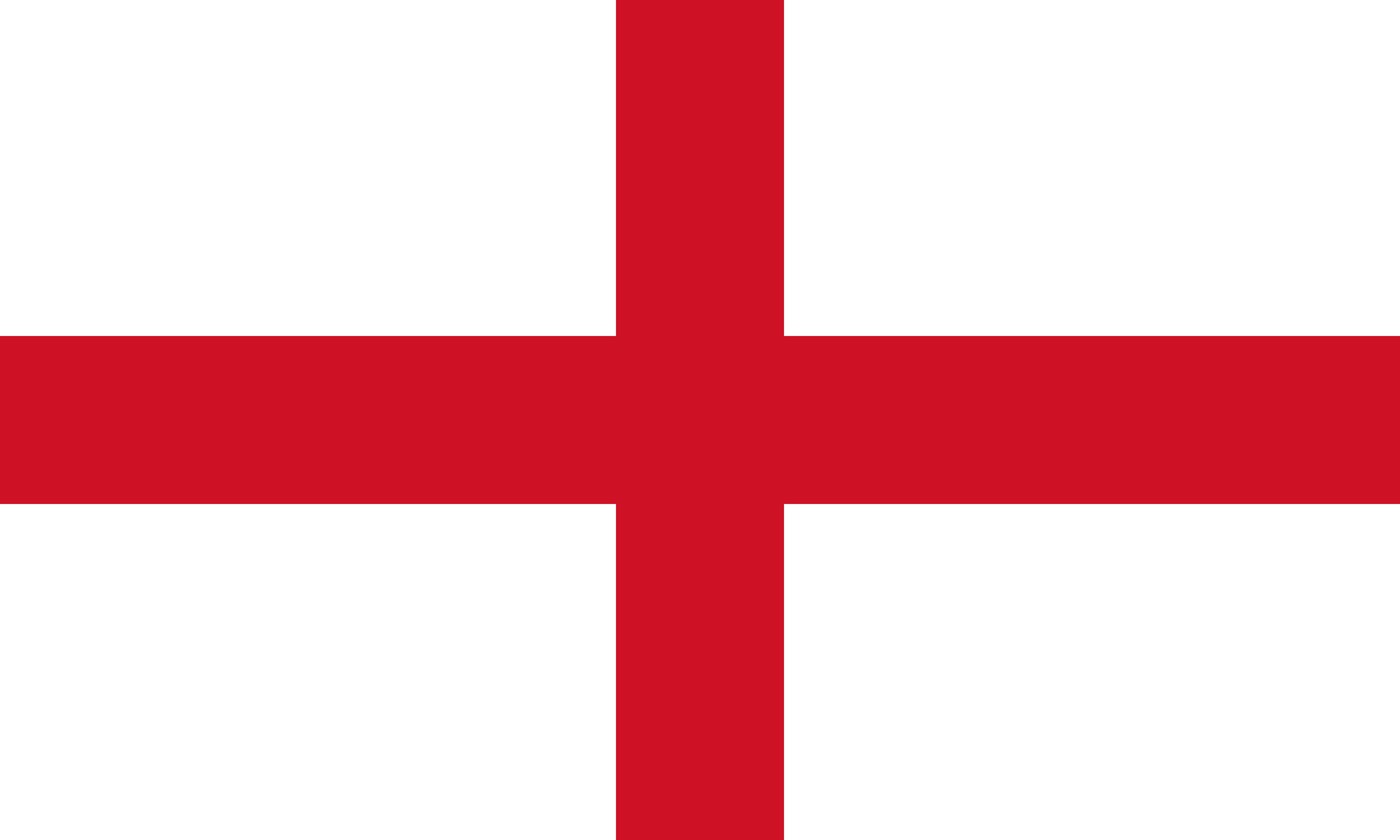
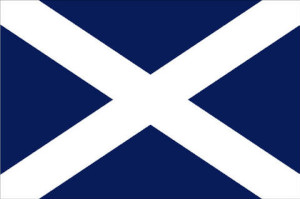
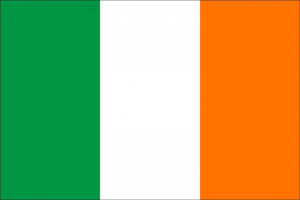
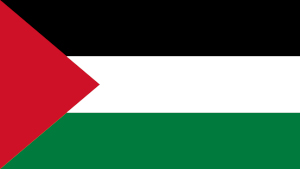
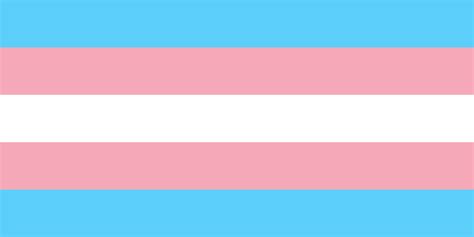
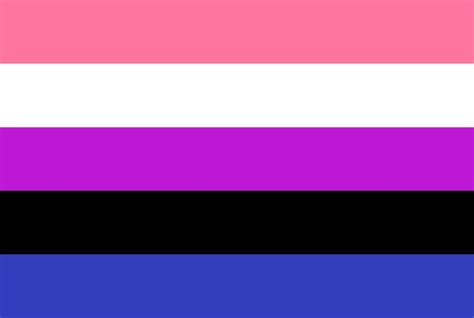
|
This Site is maintained on a RISC OS Computer and is hosted by Orpheus Internet
Page Generated -
13 May 2024
on RISC OS
5.31